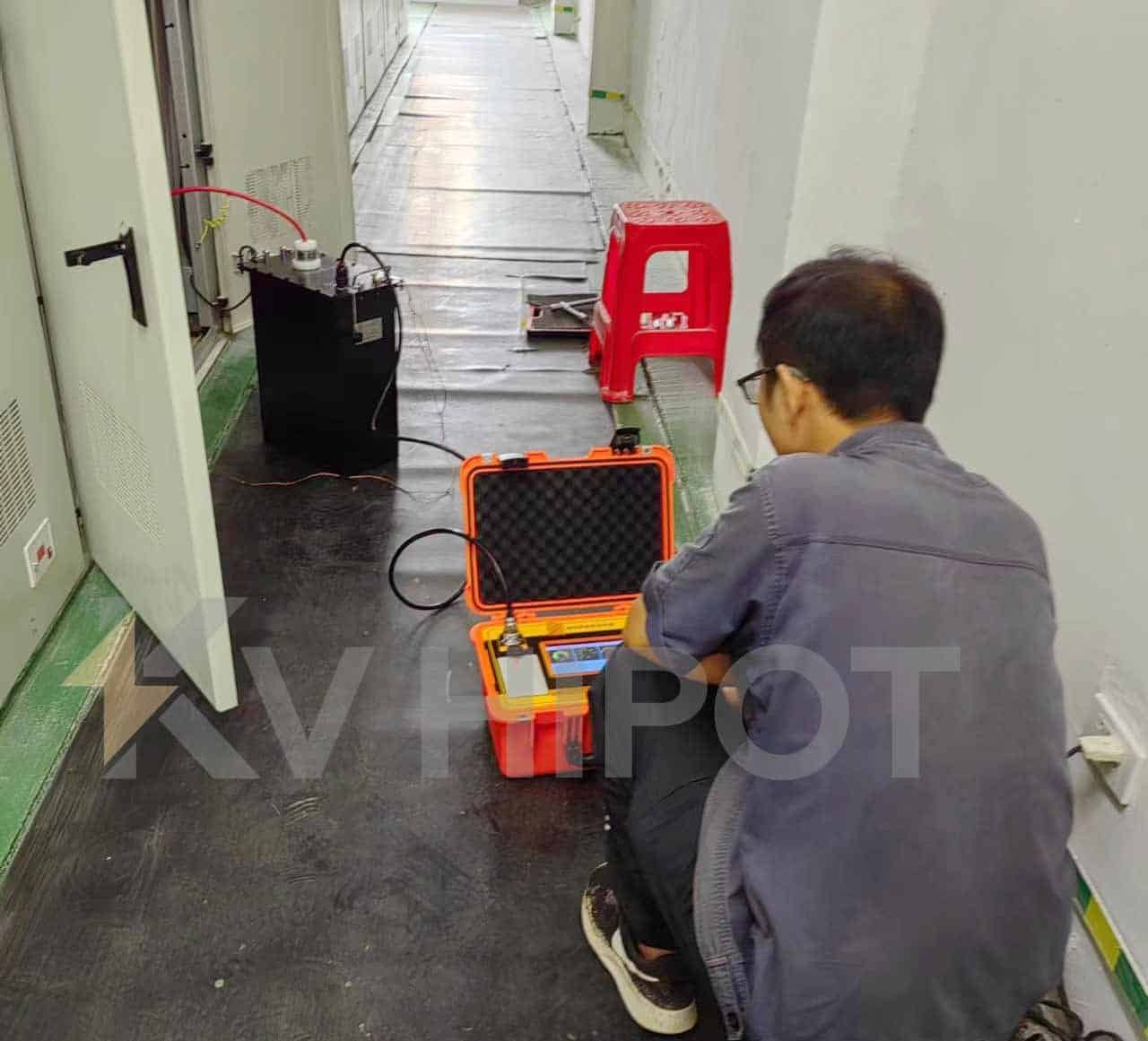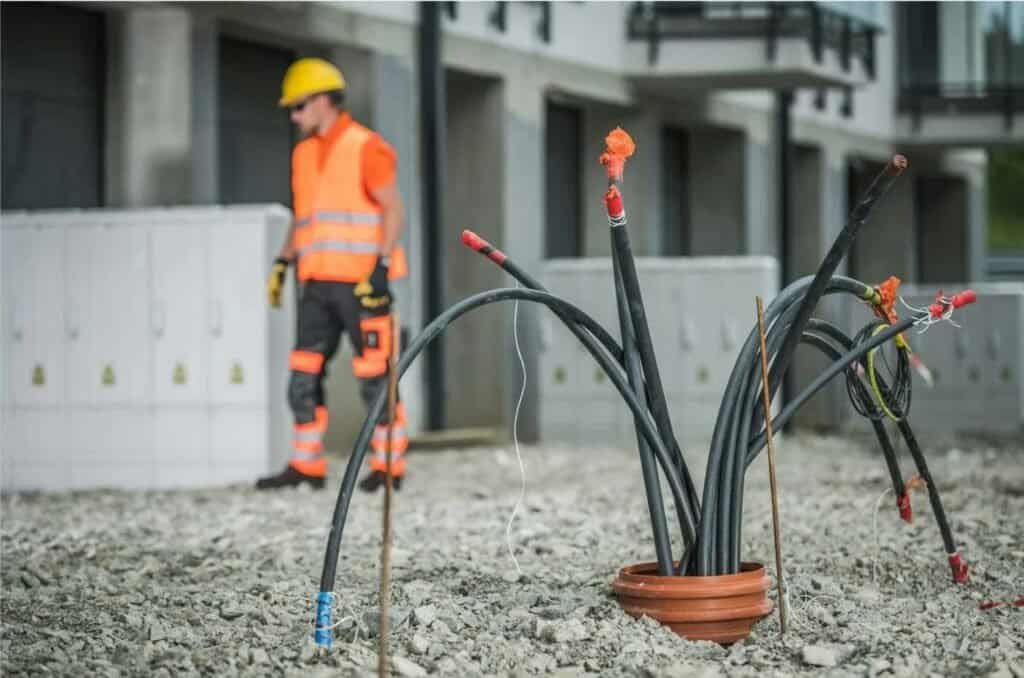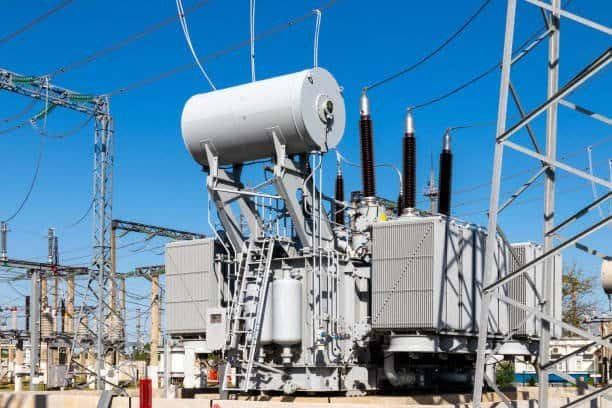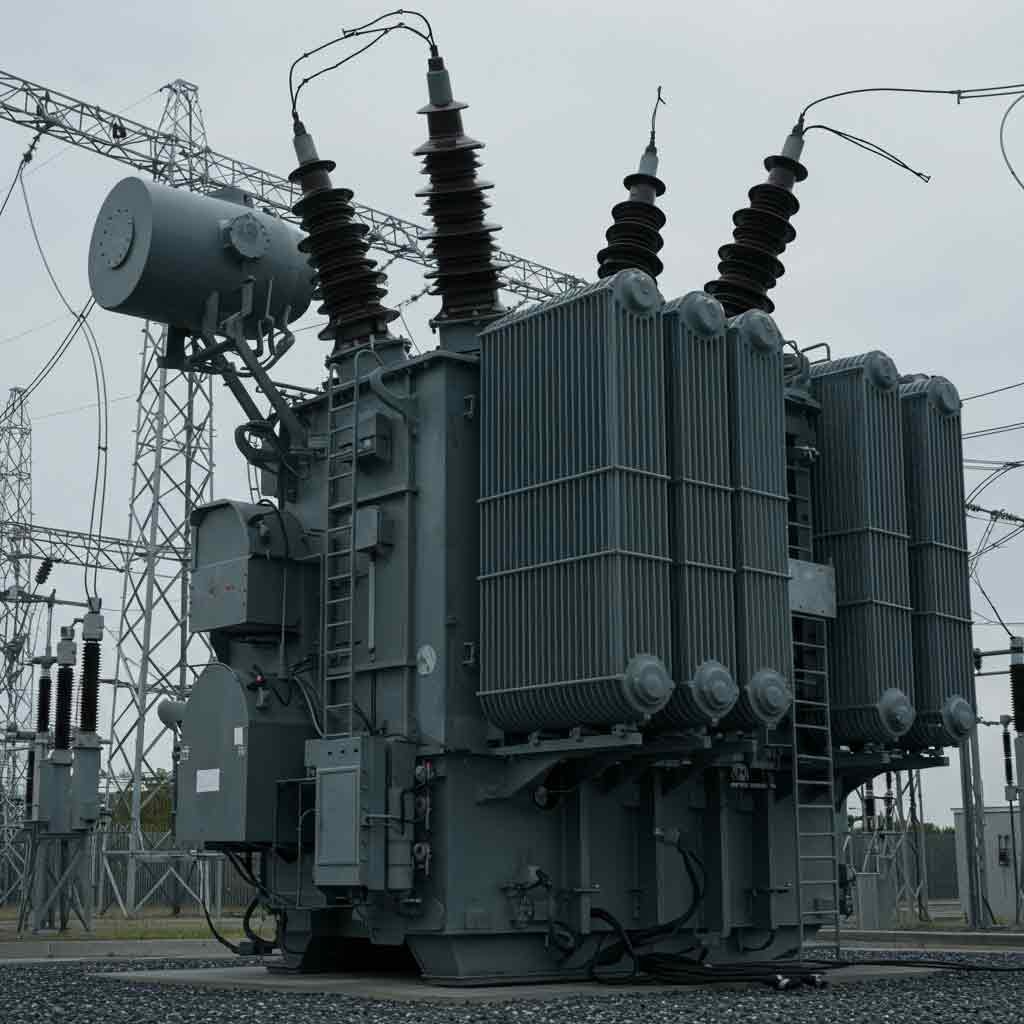Confused about VLF and DC hipot testing for your cables? Choosing the wrong method can lead to missed faults or even cause damage to your valuable assets. Let’s clear up the key differences.
The main difference lies in the voltage type. VLF (Very Low Frequency) testing uses AC voltage at slow frequencies like 0.1 Hz. Traditional DC hipot testing uses Direct Current. VLF is now the preferred method for modern medium and high voltage cables, such as XLPE.
Understanding these electrical test methods is really important. It helps you make smart decisions for maintaining your equipment. Picking the right test ensures things work reliably and helps avoid problems later. Keep reading as we break down each method in more detail.
Transition Paragraph:
Knowing the basics is the first step. Now, let’s dive deeper into what each test involves and why one might be better than the other for your specific needs. This understanding is key to protecting your investments and ensuring safety.
What is hipot testing?
Are you unsure what “hipot testing” actually means for your equipment? Not understanding this basic test could lead you to use it incorrectly or skip important quality checks. Let’s define it simply.
Hipot testing, short for high potential testing, is a basic electrical safety check. It verifies the quality of insulation by applying a voltage much higher than normal operating voltage for a short time.
!
Think of hipot testing as a stress test specifically for insulation. The main goal is to make sure the insulation can handle unexpected voltage spikes (transients) and doesn’t have hidden problems from manufacturing, like tiny holes, cracks, or dirt, that could cause a failure or electric shock later on. In my work at KV Hipot, we see how vital this is for quality control.
Here’s how we typically do it:
- Apply Voltage: We apply a high voltage between parts that should be insulated from each other. For example, between the inner conductor and the outer metal shield of a cable. Or between live electrical parts and the grounded casing of a device.
- Measure Current: While the high voltage is applied, we measure the amount of current that leaks through the insulation.
- Evaluate: If the leakage current stays very low and stable, the insulation is good (Pass). If the current suddenly jumps up very high or an arc occurs, it means the insulation has broken down (Fail).
This simple pass/fail check is used everywhere – in factories making electrical goods, after installing new equipment to make sure it wasn’t damaged, and during regular maintenance checks. It helps confirm ongoing electrical safety and reliability. It’s important to know that you can perform hipot tests using either AC (Alternating Current) or DC (Direct Current) voltage, which leads to different types of tests, like the AC Hipot and DC Hipot tests we’re discussing.
Is VLF testing AC or DC?
Are you wondering if VLF testing is just another name for DC testing, or something different? This confusion might cause you to pick the wrong test method for your cables. Let’s make it clear.
VLF testing is definitely an AC (Alternating Current) test. The voltage changes direction back and forth, just like regular AC power from the wall socket, but it does this very slowly, usually at 0.1 Hz or 0.01 Hz.

The name “Very Low Frequency” tells you straight away it’s AC, not DC (Direct Current), where the voltage stays constant in one direction. Normal AC power cycles 50 or 60 times per second (50 Hz or 60 Hz). VLF AC cycles much, much slower – just once every 10 seconds (0.1 Hz) or even once every 100 seconds (0.01 Hz).
So why use such a slow frequency? The main reason is practical, especially when testing things with high capacitance, like long power cables. Testing these cables with normal 50/60 Hz AC needs huge amounts of power (measured in kVA). This is because the power needed depends directly on the frequency (the formula involves multiplying by frequency ‘f’). Big power means big, heavy, and expensive test equipment. By drastically cutting the frequency ‘f’ down to 0.1 Hz or less, the power needed drops significantly. This allows us, at KV Hipot, to design VLF testers that are much smaller, lighter, and more affordable, making it practical to test long cables out in the field. Common VLF waveforms you’ll see are sine waves and cosine-rectangular waves; both effectively stress the cable insulation using alternating current.
Cable withstand voltage test choose VLF Tester or DC Hipot Tester?
Do you need to decide between a VLF tester and a DC hipot tester for your cable withstand tests? Making the wrong choice, especially for newer types of cables, could actually damage your equipment. Here’s what you need to know.
For medium and high voltage cables with modern insulation like XLPE or EPR, you should definitely choose a VLF Hipot Tester. Using a DC Hipot tester on these cables is strongly advised against because it can cause harm.

My experience aligns with many industry reports: DC hipot testing is risky for cables insulated with XLPE (Cross-Linked Polyethylene) or EPR (Ethylene Propylene Rubber). When you apply a steady DC voltage to these materials, electric charges (called ‘space charges’) can build up inside the insulation. This build-up changes how the electric field is distributed, potentially causing spots to overheat and making the insulation age faster. What’s worse, even after you remove the DC test voltage, these trapped charges can stay inside the insulation. This can lead to the cable failing unexpectedly when you put it back into normal AC operation, or even during later tests.
VLF testing avoids these problems because it uses AC. The alternating nature of the voltage prevents these harmful space charges from building up. It stresses the insulation in a way that’s much closer to the cable’s normal AC operating conditions, without the damaging side effects of DC. Because of this, major industry standards, like IEEE 400.2, now recommend VLF AC testing for withstand tests on these modern cable types. It’s a much safer and more effective way to verify insulation integrity.
Here’s a quick comparison:
| Feature | VLF Hipot Testing | DC Hipot Testing |
|---|---|---|
| Voltage Type | AC (Very Low Frequency, 0.1-0.01 Hz) | DC (Direct Current) |
| Recommended For | MV/HV Cables (XLPE, EPR insulation) | Older Paper-Insulated Cables (PILC), some components |
| Effect on XLPE/EPR | Simulates AC stress, much less damaging | Can cause space charges, polarization, damage |
| Standards (Cables) | Recommended (e.g., IEEE 400.2) | Generally Discouraged for modern cables |
| Failure Detection | Good at finding serious AC defects | May miss AC defects, can harm insulation |
| Equipment Size | More portable for testing long cables | Can be very large/heavy for cable tests |
How do you do VLF cable test set for HV/MV cable?
Are you getting ready to perform a VLF test on your high or medium voltage cables? Following the correct steps is crucial for safety and getting results you can trust. Let me outline the basic procedure.
Performing a VLF test means safely isolating the cable, connecting the VLF tester correctly, applying the right AC voltage at low frequency for a specific time based on standards, and watching closely for any insulation failure.

Here’s a more detailed look at how we conduct a VLF withstand test on MV/HV cables:
- Safety First: This is the most important step. Make sure the cable circuit is completely de-energized and disconnected from the power system. Isolate it properly at both ends. Apply safety grounds according to your company’s rules. Get all necessary work permits and clearances. Safety cannot be compromised.
- Prepare the Cable: Clean the cable ends (terminations). Dirt or moisture on the surface can cause leakage currents that might make you think there’s an insulation problem when there isn’t.
- Connect the VLF Tester: Connect the high voltage (HV) output lead from the VLF tester to the main conductor of the cable phase you are testing. Connect the return lead (usually marked ground or return) from the tester to the cable’s metallic shield or sheath. Also, connect this return lead to the main station ground. If you’re testing a three-phase cable, you usually test one phase at a time. The phase being tested is connected to the HV lead, while the other two phases are connected to the shield and ground along with the return lead.
- Set Test Parameters: Look up the correct test voltage and test time in the relevant standard (like IEEE 400.2) or follow the cable manufacturer’s recommendation. The voltage is usually based on the cable’s normal operating voltage (often 2 to 3 times the phase-to-ground voltage, Uo). The test duration is typically between 15 and 60 minutes. Enter these settings into the VLF tester.
- Apply Voltage: Turn on the VLF tester and slowly increase the voltage up to the target test level. Once you reach the correct voltage, start the timer.
- Monitor the Test: Keep an eye on the voltage reading to ensure it stays stable. Some VLF units also show leakage current, which should remain low and steady. The critical thing to watch for is a sudden drop in voltage and a sharp increase in current – this indicates the insulation has failed (breakdown).
- End the Test: If the cable withstands the test voltage for the full duration without any breakdown, it passes the test. Slowly decrease the voltage back to zero. Turn off the VLF tester. Crucially, allow the cable to discharge its stored energy through the tester, or use a separate discharge stick, before disconnecting any leads. Follow safe grounding procedures.
Can VLF Testing Extend Cable Lifespan?
Do you worry that performing a high voltage test might actually reduce your cable’s useful life? It’s a reasonable concern, especially given the history with DC testing damaging cables. Let’s examine how VLF testing affects lifespan.
VLF testing, done right, helps maintain reliable cable operation. It finds potential failures before they cause expensive outages, using a method much less damaging than older DC hipot tests.

Let’s be clear: VLF testing doesn’t magically make a cable last longer than its designed lifespan. Its real value lies in preventative maintenance and improving overall reliability. The main benefit, when talking about lifespan, comes from comparing VLF to the alternatives – especially doing DC testing or doing no withstand testing at all.
As I mentioned earlier, DC testing can actively harm modern insulation like XLPE by creating space charges and accelerating aging. VLF testing avoids this specific type of damage because it uses AC voltage.
More importantly, VLF withstand testing is designed to identify weak spots in the insulation that are already severely degraded and likely to fail soon under normal operating conditions. By causing these weak spots to fail during the controlled test, rather than unexpectedly during service, you prevent potentially catastrophic and costly in-service failures. Finding and then repairing or replacing a faulty cable section identified by a VLF test contributes significantly to the reliability of the entire power circuit. It stops one weak link from bringing the whole system down.
So, while VLF testing doesn’t extend the maximum possible lifespan determined by the cable’s materials and construction, it plays a vital role in helping the cable system achieve its intended practical service life reliably and safely by weeding out defects before they cause major problems. For clients like utility companies or project contractors, this means fewer unplanned outages and more dependable power delivery.
Conclusion
To sum up, VLF testing uses very low frequency AC voltage and is the preferred, safer method for testing modern cables like XLPE. DC Hipot testing uses direct current and can damage these cables.






